Home>Articles>How To Store Ice Cubes Without Sticking Together
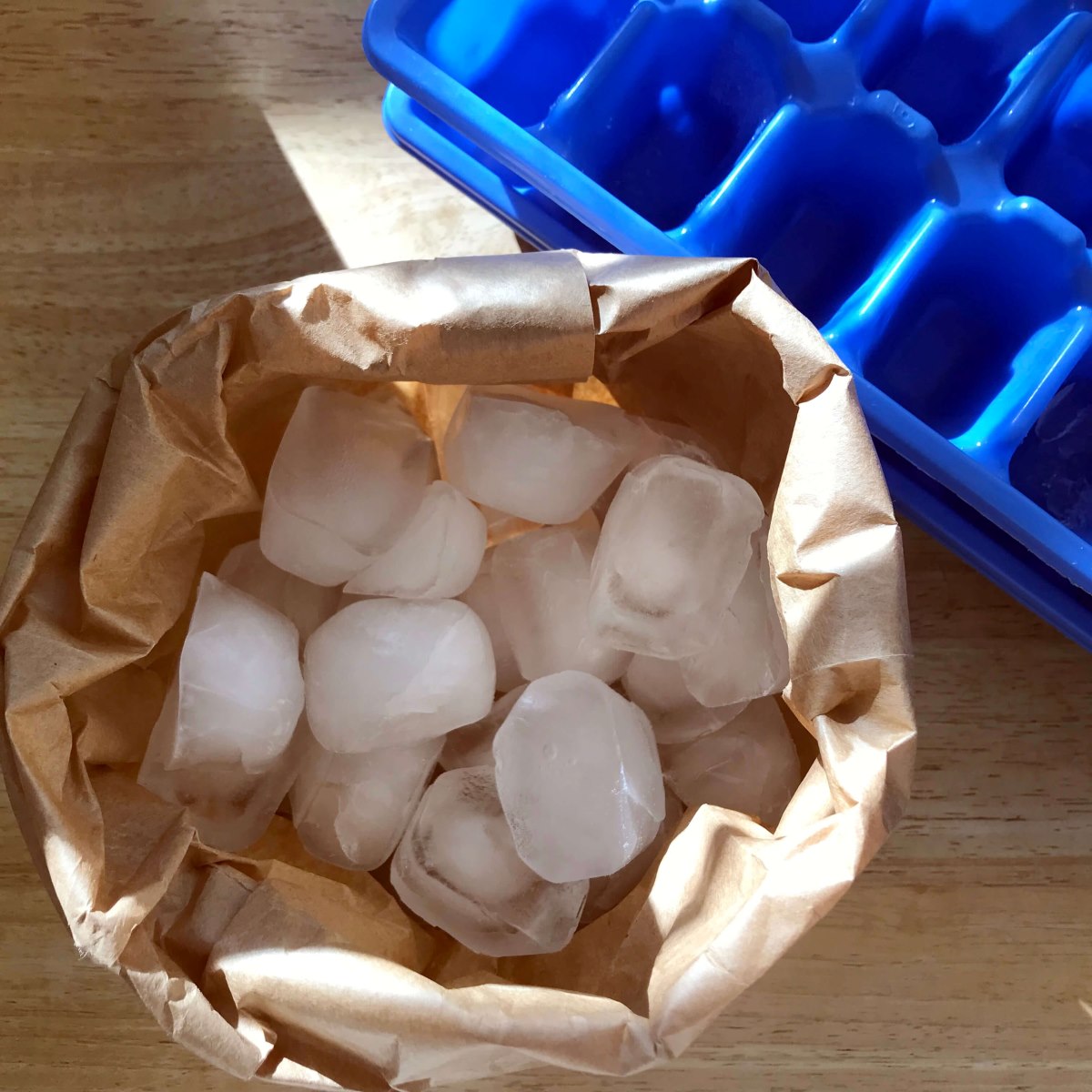

Articles
How To Store Ice Cubes Without Sticking Together
Modified: January 6, 2024
Learn how to store ice cubes without sticking together with these helpful articles.
(Many of the links in this article redirect to a specific reviewed product. Your purchase of these products through affiliate links helps to generate commission for Storables.com, at no extra cost. Learn more)
Introduction
Ice cubes are a staple in any household. Whether you’re using them to chill your favorite beverage or to soothe a minor injury, having a ready supply of ice cubes is essential. However, a common problem that many people encounter is that their ice cubes tend to stick together, making them difficult to use. This can be frustrating and inconvenient, especially when you need to use a specific number of ice cubes.
But fear not! There are several solutions to store ice cubes without them sticking together. In this article, we will explore the reasons why ice cubes stick together and provide you with some practical methods to prevent this from happening. With these tips, you’ll have perfectly separated ice cubes whenever you need them.
Key Takeaways:
- Say goodbye to clumped-together ice cubes by using airtight containers, silicone trays, or dividers to keep them separate. No more struggling to break them apart when you need a refreshing drink!
- Prevent ice cubes from sticking together with simple tricks like using plastic wrap, salt, or sugar. Enjoy the convenience of easily accessible and perfectly separated ice cubes for any occasion.
Read more: How To Store Ice Cubes
Why Do Ice Cubes Stick Together?
Before we delve into the solutions, it’s important to understand the science behind why ice cubes tend to stick together. It all comes down to the process of freezing water.
When water freezes, it forms ice crystals that interlock with each other. As a result, when you have a tray filled with water and place it in the freezer, the ice cubes start to form from the outer edges towards the center. This means that the ice cubes on the outer edges freeze first.
As the freezing process continues, the expanding ice crystals push the unfrozen water towards the remaining space in the tray. This leads to some water finding its way between the freezing ice cubes. Once the water in between the ice cubes freezes, it acts as a glue, causing the cubes to stick together.
Another factor that contributes to ice cubes sticking together is the moisture in the freezer. Moisture can accumulate around the ice cubes and cause them to freeze together. Additionally, if the temperature of the freezer fluctuates, this can cause the ice cubes to slightly melt and then refreeze, creating a bond between them.
Now that we understand why ice cubes stick together, let’s explore some effective methods to ensure that your ice cubes stay separate and easily usable.
Solutions to Store Ice Cubes Without Sticking Together
When it comes to storing ice cubes without them sticking together, there are multiple solutions you can try. Here are five effective methods to keep your ice cubes separate:
- Use an Airtight Container: Transferring your ice cubes to an airtight container can help minimize moisture in the freezer and prevent them from sticking together. Make sure the container has a tight-fitting lid to create a barrier between the ice cubes and the surrounding air.
- Use Plastic Wrap or Ziplock Bags: If you don’t have an airtight container, you can individually wrap your ice cubes in plastic wrap or place them in separate ziplock bags. This method creates a barrier to prevent moisture from reaching the ice cubes and causing them to stick together.
- Use Silicone Ice Cube Trays: Silicone ice cube trays are known for their flexibility, making it easier to remove individual ice cubes without them sticking together. The non-stick surface of silicone trays prevents ice cubes from clinging to each other, allowing for easy separation.
- Use a Tray with Dividers: Some ice cube trays come with dividers that create individual compartments for each cube. These dividers make it nearly impossible for the ice cubes to stick together, ensuring that they remain separate and easy to use.
- Add a Layer of Salt or Sugar: Sprinkling a thin layer of salt or sugar on top of the water before freezing can help prevent ice cubes from sticking together. The salt or sugar lowers the freezing point of water, resulting in a slower formation of ice crystals and reducing the chance of the cubes fusing together.
These methods provide practical and effective solutions to store your ice cubes without them sticking together. Experiment with different techniques to find the one that works best for you. Don’t let the frustration of clumped-together ice cubes dampen your beverage enjoyment!
Method 1: Use an Airtight Container
One of the simplest and most effective ways to prevent ice cubes from sticking together is to store them in an airtight container. By transferring your ice cubes to a container with a tight-fitting lid, you create a barrier that minimizes moisture in the freezer and prevents the cubes from fusing together.
Here are some steps to follow when using an airtight container to store your ice cubes:
- Ensure that the container you choose is suitable for freezer storage and has a secure lid that forms an airtight seal. This will help to prevent air and moisture from entering the container.
- Allow your ice cubes to freeze completely in the ice cube tray before transferring them to the container. This ensures that they maintain their individual shapes as you transfer them.
- Once frozen, remove the ice cube tray from the freezer and gently tap it on a solid surface to loosen the cubes. This will make it easier to transfer them without them sticking together.
- Take the airtight container and carefully transfer the individual ice cubes from the tray into the container. Be mindful not to drop or forcefully move the cubes, as this can cause them to stick together.
- Once all the ice cubes are in the container, secure the lid tightly to create an airtight seal. This will help prevent any moisture from entering and reduce the chances of the cubes sticking together.
- Return the container to the freezer and ensure it sits on a flat surface to maintain the shape of the ice cubes. Avoid stacking other items on top of the container, as this can cause pressure on the cubes and lead to sticking.
By following these steps and using an airtight container, you can store your ice cubes without them sticking together. This method not only keeps your ice cubes separated and convenient to use, but it also helps maintain their quality and prevents them from absorbing unwanted odors from the freezer.
Method 2: Use Plastic Wrap or Ziplock Bags
If you don’t have an airtight container at hand, don’t worry! Another effective method to prevent ice cubes from sticking together is to individually wrap them in plastic wrap or place them in separate ziplock bags. This creates a barrier that isolates each cube and minimizes contact, preventing them from fusing together.
Here’s how you can use plastic wrap or ziplock bags to store your ice cubes:
- Allow your ice cubes to freeze completely in the ice cube tray. This ensures that they maintain their individual shapes as you handle them.
- Once frozen, remove the ice cube tray from the freezer and gently tap it on a solid surface to loosen the cubes. This will make it easier to handle them without them sticking together.
- Take a sheet of plastic wrap and place it flat on a clean surface. Carefully transfer one ice cube onto the center of the sheet.
- Wrap the plastic wrap around the ice cube, making sure all sides are covered and sealed tightly. Repeat this process for each ice cube, creating individual wrapped cubes.
- If you prefer using ziplock bags, open a bag and place one ice cube inside. Seal the bag securely, making sure to remove any excess air, which can cause freezer burn. Repeat this step for each ice cube, using separate bags for each one.
- Label each wrapped cube or bag if desired, to easily identify them later.
- Place the wrapped ice cubes or the sealed bags in the freezer, making sure they are arranged in a way that minimizes contact and allows for them to freeze individually.
By individually wrapping the ice cubes in plastic wrap or placing them in separate ziplock bags, you create a physical barrier that prevents them from sticking together. This method allows for easy removal of individual cubes whenever you need them without having to defrost a clump of frozen ice. Just unwrap or open the bag, and your perfectly separated ice cube is ready!
To prevent ice cubes from sticking together, try placing a layer of plastic wrap or parchment paper between each layer of cubes in the freezer. This will help keep them separate and easy to use when needed.
Read more: How To Store Ice Cubes In Freezer
Method 3: Use Silicone Ice Cube Trays
If you’re tired of dealing with ice cubes that stick together, using silicone ice cube trays can be a game-changer. These flexible trays are designed with a non-stick surface, making it easier to remove individual ice cubes without them fusing together. Here’s how you can use silicone ice cube trays to store your ice cubes:
- Choose a silicone ice cube tray that suits your needs. They come in various shapes and sizes, so select one that fits well in your freezer and produces ice cubes of the desired size.
- Fill the silicone ice cube tray with water, making sure not to overfill each compartment. Leave a small gap at the top to allow for expansion as the water freezes.
- Place the tray carefully in the freezer, preferably on a flat surface, to ensure the water evenly freezes and the cubes maintain their individual shapes.
- Allow the water to freeze completely. Depending on the temperature of your freezer, this may take a few hours.
- When the cubes are fully frozen, remove the silicone ice cube tray from the freezer. Gently flex the tray to loosen the ice cubes from their compartments. The flexibility of the silicone allows for easy release without the need for excessive force.
- Pop the individual ice cubes out of the tray one by one. Because of the non-stick nature of the silicone, the cubes should come out easily without sticking together.
- Transfer the separated ice cubes to an airtight container or a freezer bag if you prefer to store them in a different container.
- Return the container to the freezer, making sure it sits on a flat surface to maintain the shape of the ice cubes.
Using silicone ice cube trays not only prevents your ice cubes from sticking together but also offers the convenience of easy removal of individual cubes. The flexibility of the tray makes the process effortless, ensuring that you have perfectly separated ice cubes ready to use whenever you need them.
Method 4: Use a Tray with Dividers
If you’re looking for a foolproof way to store your ice cubes without them sticking together, using a tray with dividers is an excellent option. These specially designed trays create individual compartments for each ice cube, making it nearly impossible for them to fuse together. Here’s how you can use a tray with dividers to store your ice cubes:
- Choose a tray with dividers that fits well in your freezer and has enough compartments to accommodate the number of ice cubes you need.
- Fill each compartment with water, ensuring not to overfill and leaving a small gap at the top for expansion as the water freezes.
- Place the tray carefully in the freezer, ensuring that it sits flat and level. This will allow the water to freeze evenly in each compartment.
- Allow the water to freeze completely, which may take a few hours depending on the temperature of your freezer.
- When the ice cubes are fully frozen, remove the tray from the freezer. The dividers will help keep the cubes separated, making it easier to remove them individually.
- Gently push up on the bottom of each compartment to release the ice cubes. If needed, you can also run a bit of warm water over the bottom of the tray to help loosen the cubes. The dividers ensure that the cubes stay separate and don’t stick together.
- Transfer the individual ice cubes to an airtight container or a freezer bag if desired.
- Return the container to the freezer, making sure it sits on a flat surface to preserve the shape of the ice cubes.
Using a tray with dividers provides a practical and foolproof solution to store your ice cubes without them sticking together. The individual compartments ensure that the cubes remain separate, allowing for easy removal whenever you need them. Say goodbye to the frustration of clumped-together ice cubes with this simple and effective method!
Method 5: Add a Layer of Salt or Sugar
Adding a layer of salt or sugar to your ice cubes may seem counterintuitive, but it can actually help prevent them from sticking together. This method works by lowering the freezing point of the water, resulting in a slower formation of ice crystals and reducing the chances of the cubes fusing together. Here’s how you can use this method to store your ice cubes:
- Fill your ice cube tray with water as usual, leaving a small gap at the top of each compartment for expansion.
- Sprinkle a thin layer of salt or sugar evenly over the surface of the water in each compartment. You only need a small amount; a pinch or two should suffice.
- Place the tray carefully in the freezer, ensuring it is level and stable to allow the water to freeze uniformly.
- Allow the water to freeze completely. The addition of salt or sugar may slightly extend the freezing time, so be patient.
- Once the ice cubes are fully frozen, remove the tray from the freezer. The layer of salt or sugar on the surface of the cubes will help prevent them from sticking together.
- Gently twist or tap the tray to release the cubes. If they still seem to be sticking together, you can run warm water over the bottom of the tray to help loosen them.
- Transfer the separated ice cubes to an airtight container or a freezer bag for storage.
- Return the container to the freezer, ensuring it rests on a flat surface to maintain the shape of the ice cubes.
By adding a layer of salt or sugar to your ice cubes, you create a chemical effect that lowers the freezing point of the water. This results in a slower formation of ice crystals and reduces the likelihood of the cubes sticking together. Enjoy the benefits of easily separated ice cubes by trying this unexpected yet effective method!
Conclusion
Storing ice cubes without them sticking together is a common challenge that many of us face. Whether you’re preparing for a party, a refreshing beverage, or need ice cubes for medical purposes, having them readily available and separated is essential. Through this article, we have explored several practical methods to prevent ice cubes from sticking together.
We have learned that the science behind ice cube fusion lies in the freezing process and the interlocking ice crystals. Moisture accumulation, temperature fluctuations, and uneven freezing can all contribute to cubes clumping together. However, there are simple yet effective solutions to overcome this inconvenience.
Using an airtight container creates a protective barrier that minimizes moisture and prevents ice cubes from sticking together. Plastic wrap or ziplock bags can also be used to individually wrap or separate each cube, providing a physical barrier against fusion. Silicone ice cube trays with their non-stick surfaces allow for easy removal of individual cubes, while trays with dividers create separate compartments to prevent fusion. Finally, adding a layer of salt or sugar can help reduce the formation of ice crystals and minimize sticking.
By implementing these methods, you can ensure that your ice cubes stay separate, easily accessible, and ready to use whenever you need them. Whether it’s for cooling drinks, preserving food, or soothing ailments, you’ll have perfectly separated ice cubes at your fingertips.
Now, the frustration of dealing with clumped-together ice cubes is a thing of the past. Experiment with these methods to find the one that works best for you and enjoy the convenience of individually separated ice cubes. Cheers to never having to struggle with stuck-together ice cubes again!
Frequently Asked Questions about How To Store Ice Cubes Without Sticking Together
Was this page helpful?
At Storables.com, we guarantee accurate and reliable information. Our content, validated by Expert Board Contributors, is crafted following stringent Editorial Policies. We're committed to providing you with well-researched, expert-backed insights for all your informational needs.
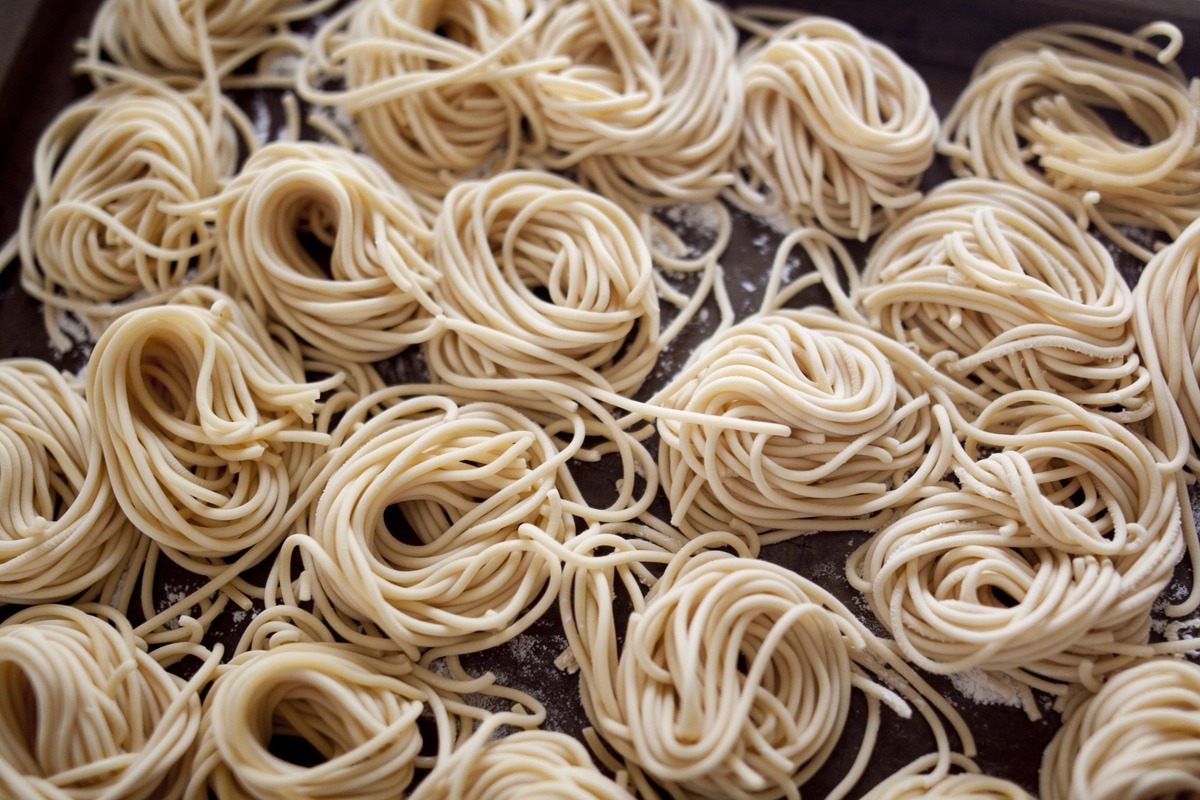
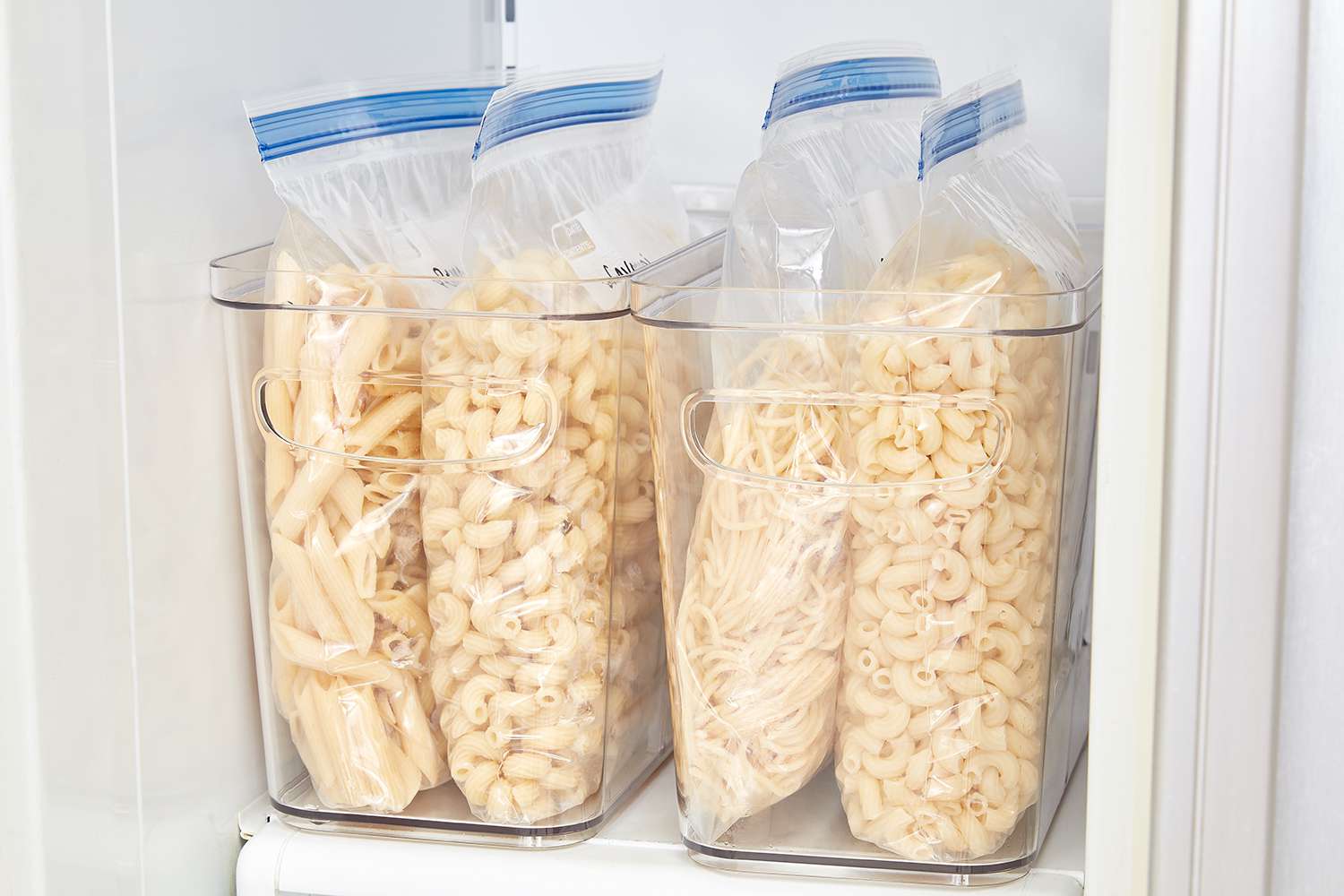

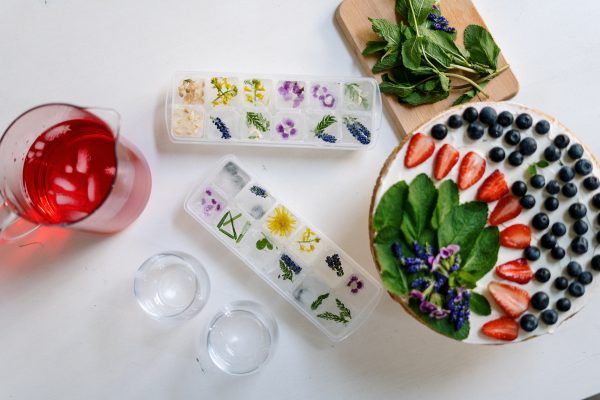
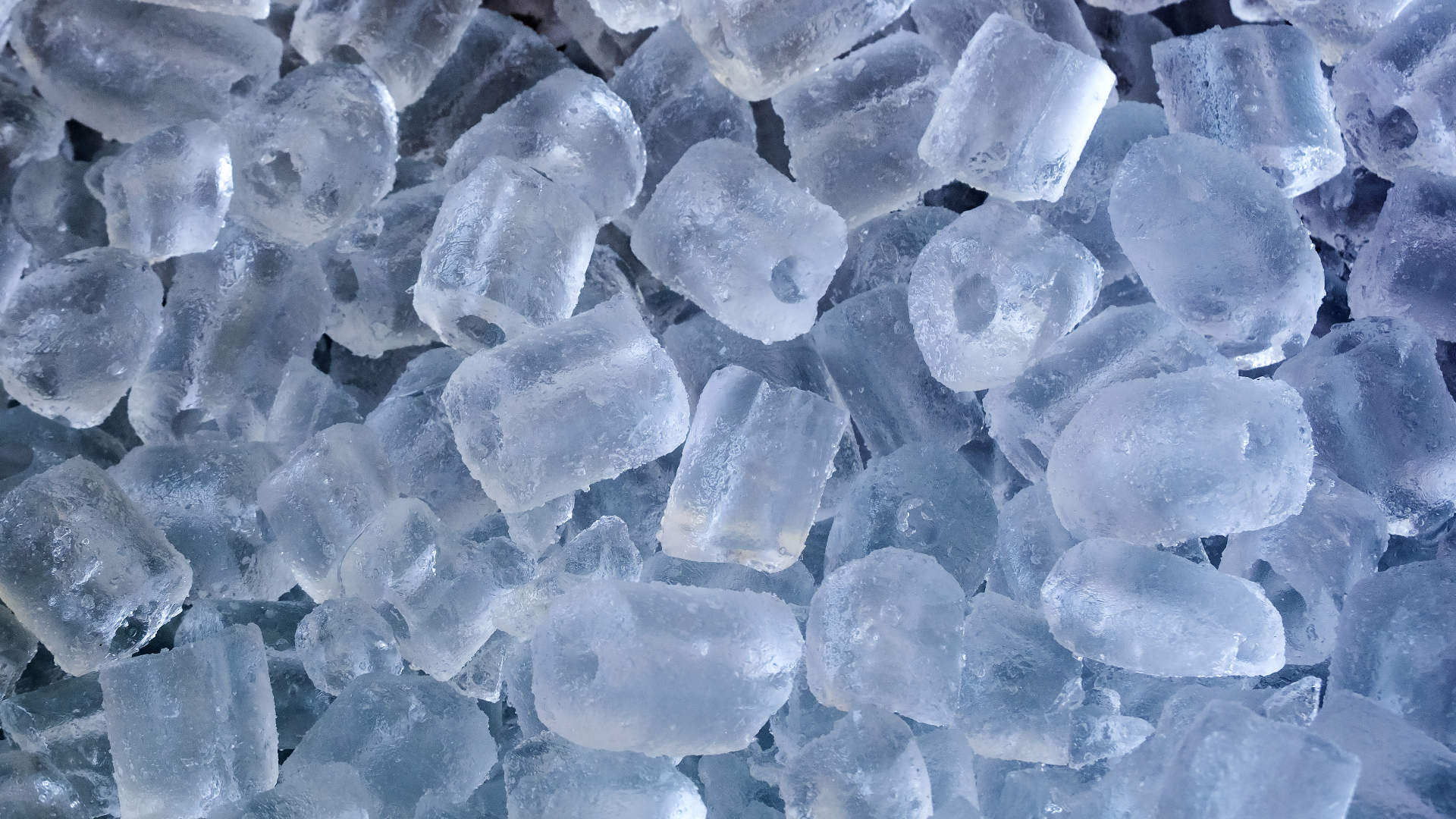
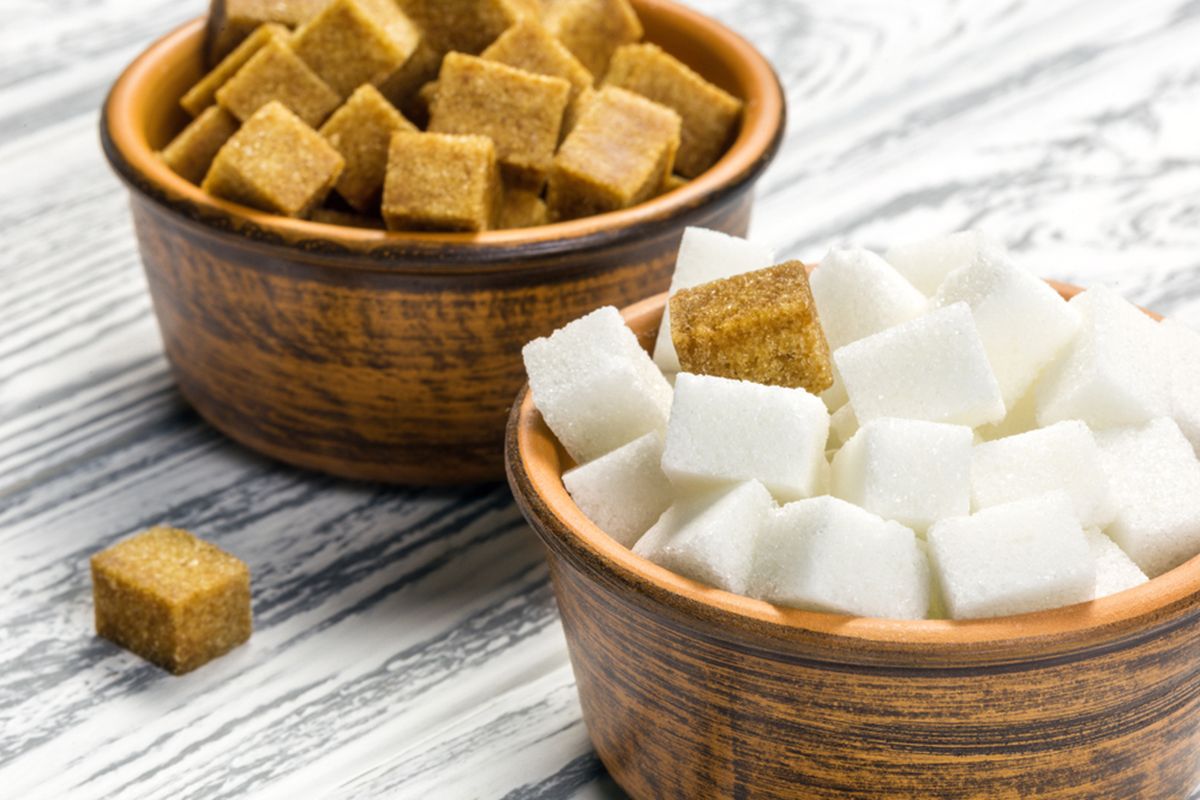
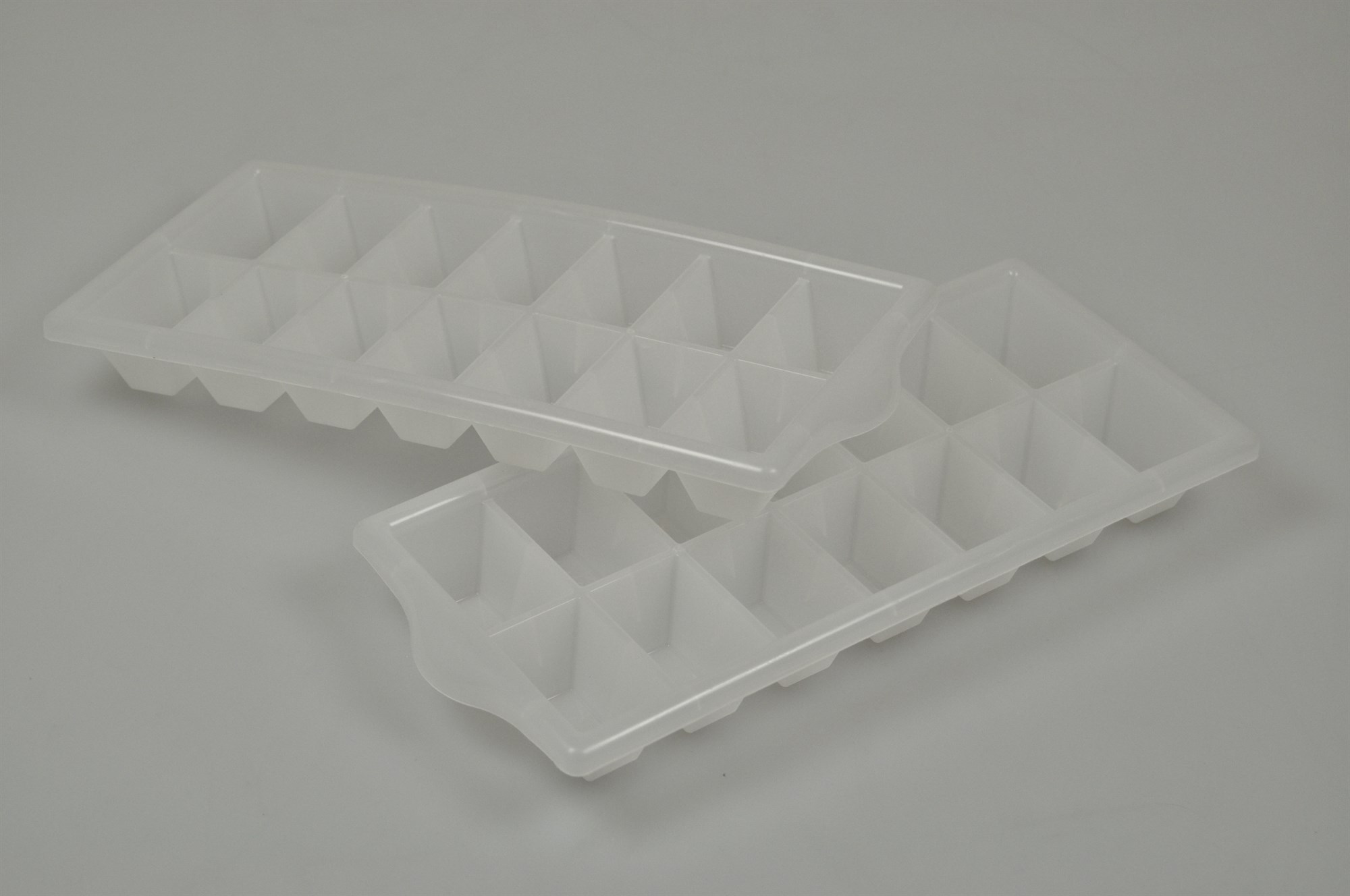
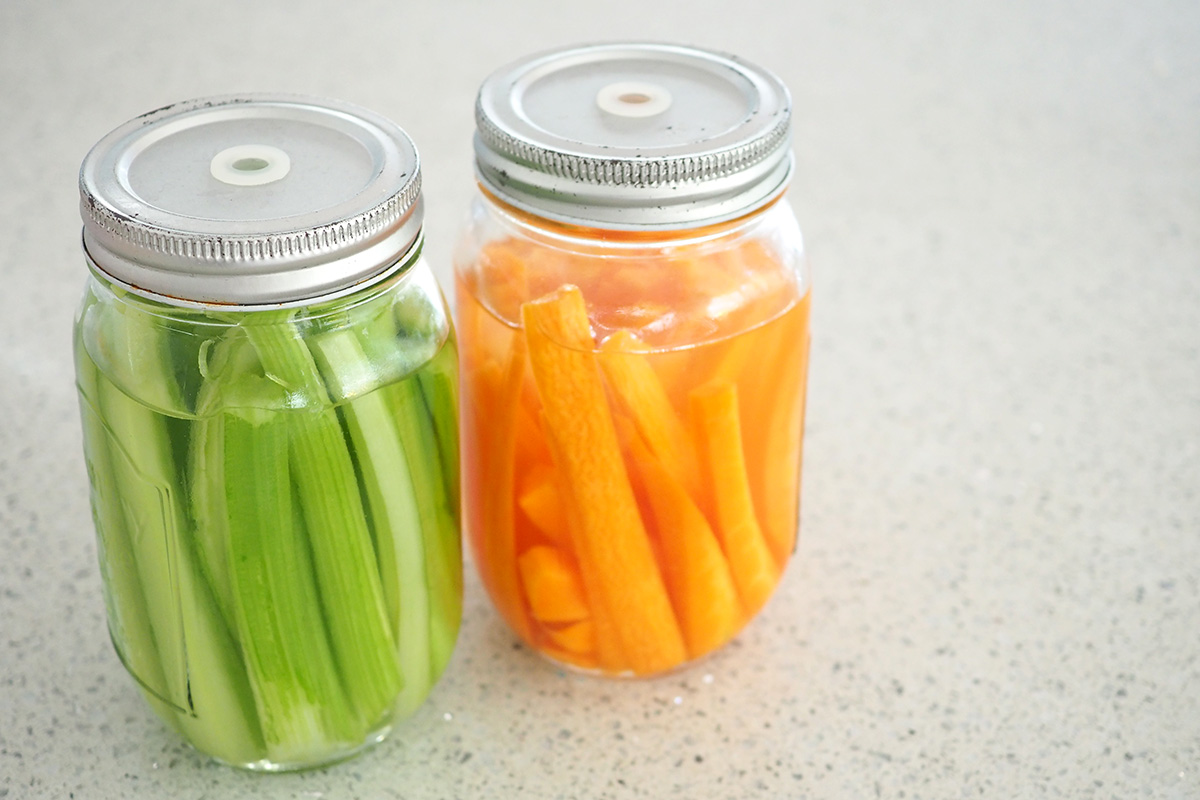
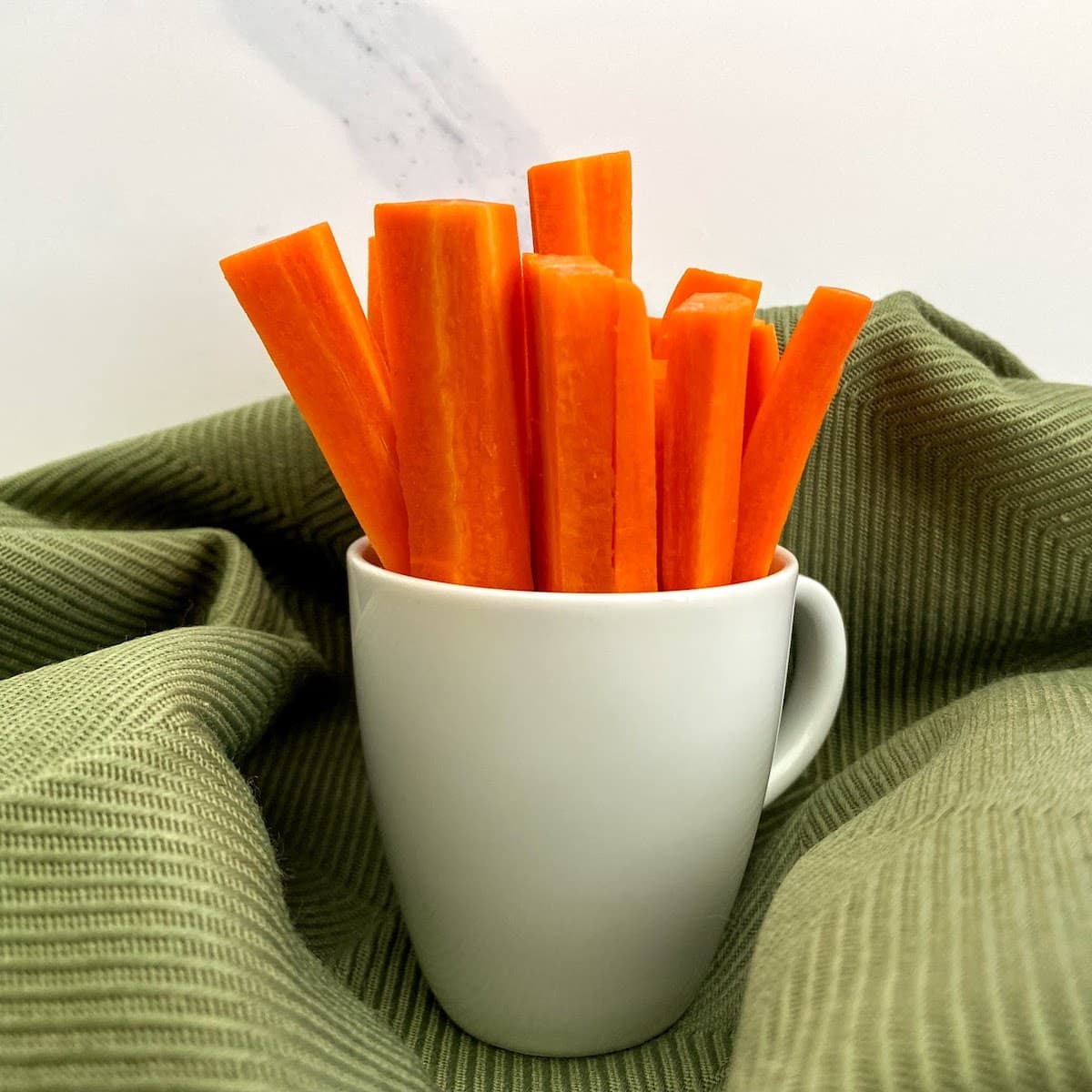
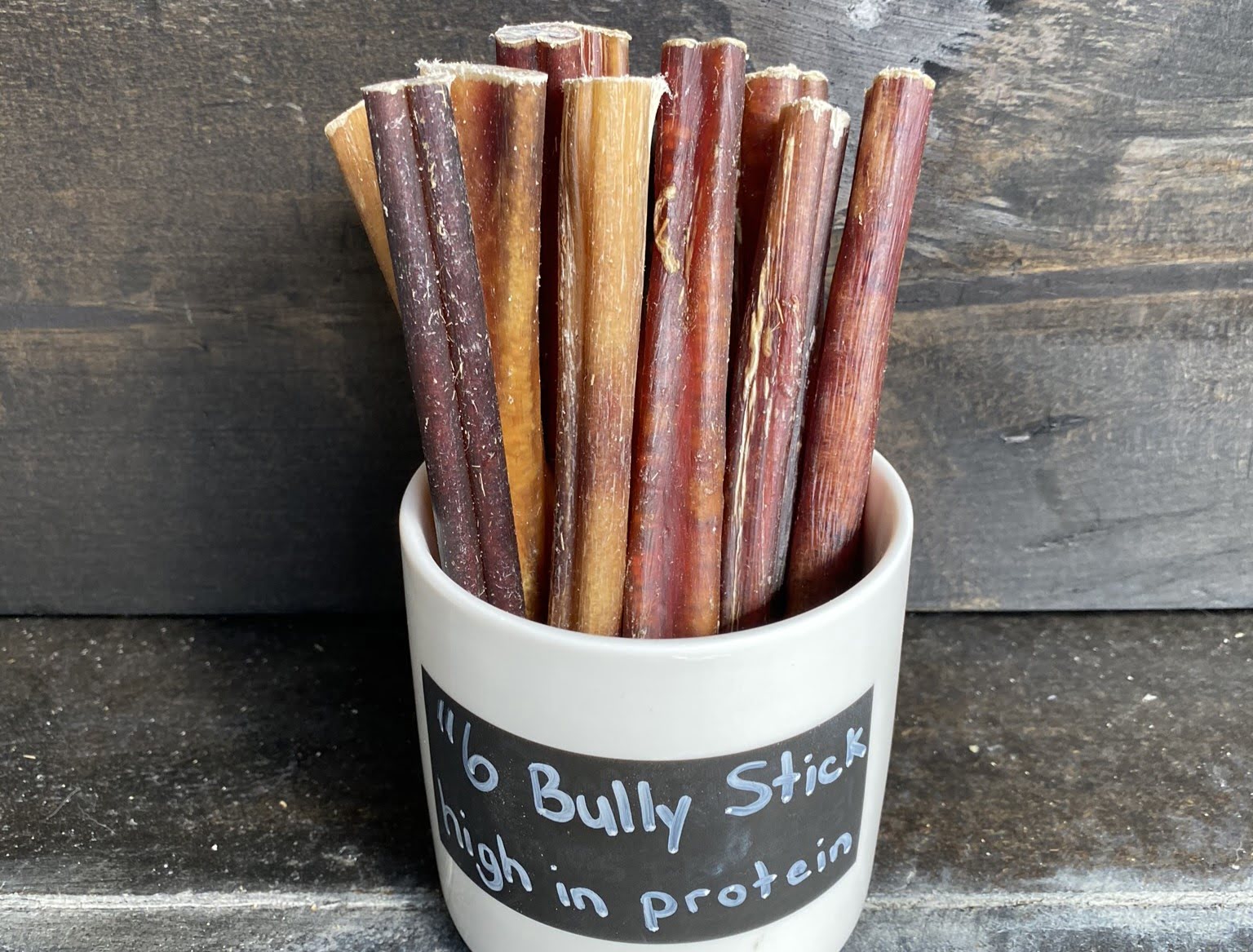





0 thoughts on “How To Store Ice Cubes Without Sticking Together”